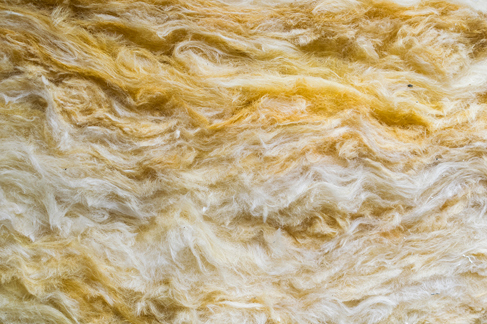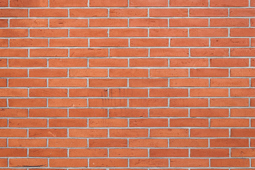
What type of wall insulation should I use and what are the issues?
Project type
Up to 35% of heat lost from homes escapes through un-insulated walls. Insulating walls will help reduce your energy consumption and bring down your energy bills. It can also help prevent damp in your home if installed correctly.
Cavity wall insulation
These days the building regulations specify that all new homes and extensions with a cavity wall (two layers of brick or blockwork with a space in between) will have to have insulation inserted between the two walls to a certain specification.
However, in many homes that don’t already have insulation it can be added retrospectively, by injecting materials through holes drilled into the brickwork. The insulation then forms a barrier to stop heat escaping.
The two main types of insulation installed in this way are:
Expanded polystyrene (EPS) - a lightweight foaming polystyrene that is cost-effective and offers excellent thermal performance if installed correctly.
Mineral wool – it’s more expensive to install than EPS but still fairly cheap and easy. Again, a professional needs to install it correctly and it’s more suitable for standard and wide cavities (the cavity should be at least 50mm wide).
The issues
If you already have internal damp patches on your walls you should get this resolved before having insulation injected.
Also, if your walls are joined to another house, your installer will have to insert a barrier so that the insulation doesn’t affect your neighbour’s home.
N.B. internal or external wall insulation instead can be a good choice if it isn’t possible to fill your cavity wall (for example, if the gap between the two leaves isn’t wide enough to allow it).
If installed incorrectly, in exposed locations or in a wall with issues with wall ties or damp penetration, the insertion of cavity wall insulation can cause serious defects and require extensive remedial works.
Damp could occur in properties as a result of cavity-wall insulation if there is a combination of these factors:
- Your home is exposed to severe levels of wind-driven rain (see the severe and very severe zones in the map below).
- Your home is located in an unsheltered position, e.g. not protected by trees or other buildings.
- The external walls are poorly built or maintained with, for example, cracks in the brickwork or rendering.
- BRE has published guidance stating that in these cases there is "an increased risk of rain penetration if a cavity is fully filled with insulation". Rain could penetrate the outer wall, bridge the cavity via the insulation material and transfer moisture to internal walls, causing damp.

Solid wall insulation
Around 36% of the UK dwellings don’t have cavity walls and instead have solid walls made of brick, stone, cob or concrete. There are two methods of insulating solid walls: internal and external and there are advantages and disadvantages for both types:
Internal
Typically consists either of a layer of dry lining and insulated plasterboard (also known as thermal board), or an IWI (internal wall insulation) system that use materials such as mineral wool, multifoil insulation or rigid slabs held in place with studwork.
Advantages
It can be a good choice if you don’t want to or aren’t allowed to change the outside appearance of your home (for example, if you’re in a conservation area or an older property).
You can install it room by room when you’re decorating to minimise disruption.
It’s cheaper than external wall insulation.
Disadvantages
External wall insulation is more effective (if installed correctly).
You’ll lose some living space inside.
There will be disruption in your home as you’ll need to clear the room to install it.
It’s difficult to install properly around fixed items in the kitchen and bathroom, and items like radiators and light switches will have to be removed and relocated to accommodate it.
It’s difficult to install around window surrounds (which can leave gaps, or "cold bridges" which allow the cold to come in, causing condensation and damp issues). Window reveals should always have a layer of insulted plasterboard applied unless the windows are being replaced and repositioned to prevent cold bridging.
It makes it hard to fix heavy items to the wall, with special fixings having to be used.
Fixing any cracks and gaps in the internal wall at the same time will help make this type of insulation work more effectively.
N.B. Whichever you choose, the wall will need to be prepared thoroughly and insulation installed correctly for it to work properly so it’s wise to choose a registered professional to do the work.
External
External wall insulation typically comprises of a layer of insulation fitted to the external wall, followed by a protective render or decorative finish.
Advantages
It provides protection against the weather
It helps with noise insulation
It’s easier to fit than internal insulation therefore easier to prevent cold bridging problems
There’s less disruption while it’s being fitted
Disadvantages
It may need planning permission
It might not be allowed if you live in a listed building or a conservation area
It may be more expensive, especially if you have to hire scaffolding to do the work
You need to ensure the product and installation details meet fire regulations
Further information
Will I need building regulations approval for rendering work to my external walls




